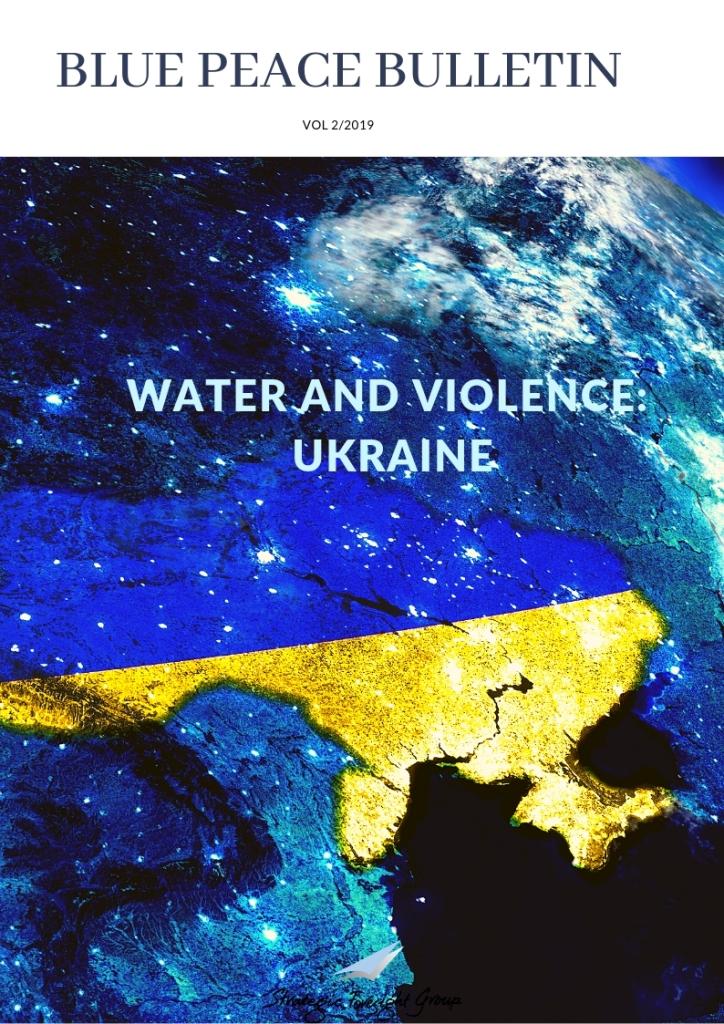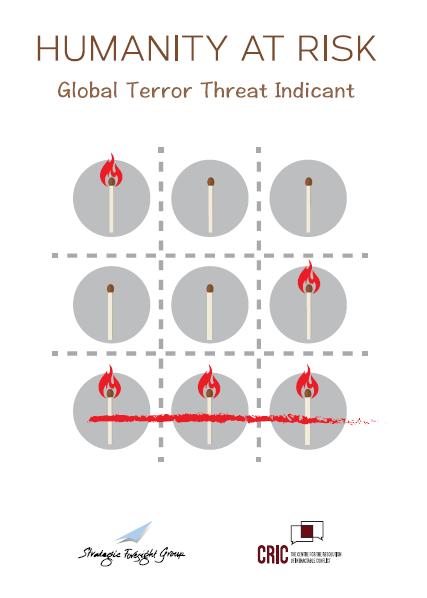A Chinese Hand in PoK
|
|
March, 2011
By Gitanjali Bakshi
|
China is gaining an increasing stranglehold on Pakistan occupied Kashmir (PoK). There are roughly 9,000 Peoples Liberation Army (P.L.A.) troops stationed in PoK, proving a substantial Chinese military presence in this area. Beijing also contributes significantly to aid and reconstruction efforts in PoK, at a time when the Pakistani government �€“ mired in an economic and energy crisis - has failed to do the same. In 2010, China transported food items and daily necessities to people in the northern Hunza area after the floods and it is currently engaged in reconstruction projects in the earthquake-affected areas of PoK as well.
A substantial amount of Chinese funding drives large-scale dam projects in PoK like Neelum Jhelum, Diamer Bhasha and Bunji and China is also heavily engaged in building and extending a network of roads and expressways in this area. According to nationalist leaders in the disputed territories of Gilgit-Baltistan, like Wajahat Hassan Khan and Manzoor Parwana, China has already occupied parts of Gilgit Baltistan and is in the process of occupying Hunza as well.
Initially, China said that P.L.A. troops were stationed in PoK solely for flood relief efforts, however, the rise of permanent residential enclaves for the P.L.A., instead of the original temporary encampments that they used to live in, definitely indicates that PoK�€™s guests from the East intend their stay to be more long-term in nature.
One of the main drivers behind this situation is China�€™s plan to gain unfettered and efficient access to the Middle East and Central Asia in order to secure its prospects for energy trade in the future. China intends to connect its Eastern province of Xinjiang to Pakistani deep sea ports like Gwadar in Balochistan through high speed railway lines, dry ports, underground pipelines and via the Karakoram Highway; all of this would cut the transportation time for oil and gas to the Gulf from roughly 20 days to less than 4 days.
Of course China�€™s encroachment into PoK has other future implications besides energy trade.
The most obvious of these is that increased Chinese military presence, with P.LA troops stationed to the East in Aksai Chin and to the West in Gilgit Baltistan, will create a strategic chokehold around India. The Line of Control in Kashmir, separating Pakistan and India, is already an extremely tense arena; now, Chinese military presence in this area will raise security concerns in troubled Kashmir to an extremely volatile level. It also leaves India fearful that a once neutral China has begun to take sides in South Asia, disrupting the balance of power in the region.
These new developments will also give China a more central position as a decision-maker in the Kashmir debate. So far its role was largely peripheral when it came to the Kashmir issue but it is gradually trying to carve a more prominent position for itself, evidenced by the stapled visas it issues to people from Kashmir and recent cases regarding Beijing�€™s contested depictions of Kashmir in its maps. Pakistan will be busy in the next few years, grappling with other national problems like widespread inflation, an energy shortage and growing unrest in Khyber Pakhtunkhwah and Balochistan. This may create an administrative vacuum in PoK and China would be more than prepared to take charge.
At a micro-level increased Chinese presence in PoK may quell efforts towards democratization in Gilgit-Baltistan. Freedom of movement will be heavily curtailed in and around Chinese operated zones, and this has already begun to surface as Pakistanis are barred from the 22 tunnels being built in secret locations by China in the vicinity. The already ailing press freedoms in G-B will either be severed, in order to wipe out any information about clandestine Chinese operations in PoK, or, could be manipulated as propaganda to tout the activities of the People�€™s Republic. The Gilgit-Baltistan area is already under military rule and groups pushing for greater democratic rights in this region have been brutally suppressed in the past by the Pakistani military with the help of jihadi groups. In the future, nationalist movements risk further suppression, however this time they are likely to feel the wrath of two separate military regimes rather than just one.
It wouldn�€™t be surprising if increased development around Chinese projects also expedites the exploitation of natural resources in Gilgit, like water and precious stones. Gilgit currently has a large quantity of gem stones but due to the lack of adequate Pakistani technology and investment, exploitation of these resources has been relatively low. If Chinese companies are brought into this region however, mining and trade of these precious stones will greatly increase. Freshwater is another resource that is becoming increasingly precious and having control over water-rich areas like G-B in the future means having control over one of tomorrow�€™s most valued commodities.
On a more macro-scale, an increased Chinese presence in PoK could even spark off a proxy war between the U.S. and China. China�€™s increased involvement across South Asia is creating waves in Washington D.C. With a strong and acknowledged presence of anti-U.S. groups like Al Qaeda and the Taliban in the Af-Pak region, involvement in South Asia is very important for the U.S. and as China wins more and more control over Pakistan the U.S. is becoming increasingly tense that it will soon be edged out of the Af-Pak equation. Though the probability for this projection is low, Kashmir along with other territories could become the next theatre for a proxy war - much like Vietnam was during the Cold War era - providing a ground upon which China and the U.S. will vie for greater influence in South Asia and creating a security vortex that can pull both India and Pakistan into a heightened state of conflict. If such a situation were to occur, both India as well as Pakistan risk facing unimaginable humanitarian, economic and environmental losses.
Related Publications
Related latest News
Related Conferences Reports
-

P5 Experts Roundtable on Nuclear Risk Reduction
Download:Geneva Roundtable Report
-

Roundtable on Global Security and Catastrophic Risks
Download:Report on RT revise





